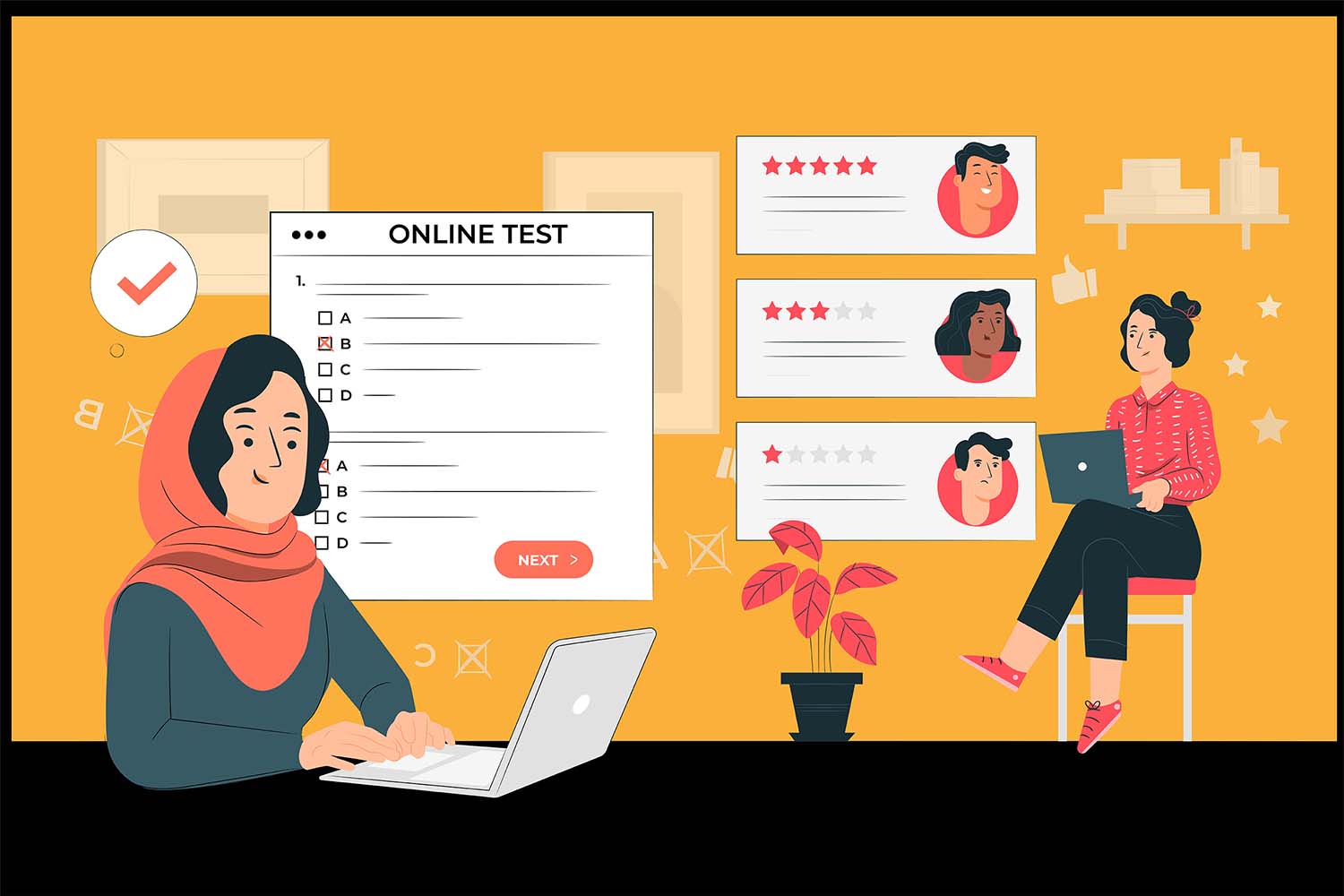By Debarghya Mukherjee
2nd Year, IT.
From writing on a whiteboard to learning from behind a screen, the face of education has rapidly evolved. With technology quickly becoming heavily involved in our everyday activities such as when making payments or buying groceries, it’s use in learning has gradually been implemented into traditional education and has revolutionized the way the students are being taught. In fact, it is now possible to study for an entire university degree online.
Schools and colleges were shut down in the second week of March in 2020 as a preventive measure to the spread of COVID-19. Since then, all the schools and colleges across the country have shifted their teaching-learning process to an online mode.
Transitioning to an ‘online mode’ has had its own share of challenges. These include limited access to the internet, lack of uninterrupted power supply, absence of a robust monitoring method, hindrances to replicating the rapport between teacher and students in an online world, bridging the patchy and impersonal online experience, and increase in screen-time. Now whether this mode of education is better than the offline mode or not is a debatable topic. But let’s talk about how online learning has somehow changed the teaching-learning process.
Increase in use of online tools and technology
Students are free to choose from a wide range of tutorials available on the internet, this not only helps them comprehend the topic better but also helps them get in-depth information about it. Unlike earlier days, teachers now use online platforms such as Google Classroom for submission of assignments and conducting tests which help them keep a track of the submissions made and marks scored. If this method of submitting assignments is followed even during the offline classes then it would reduce the work of both teachers as well as the students.
Personalization of Learning
Each student has his/her own pace of learning. While some may need more time, others may need more study material to achieve the same outcome. Due to the introduction of online learning, students are now able to have a self-paced mode of learning. Students can now record lectures and refer to them whenever they wish to. During offline classes, the teachers couldn’t address every student’s reservations individually, but the online education system allows them to distribute and manage time more efficiently and clarify everyone’s doubts.
Lifelong access
Online learning has made education equitable, convenient, lifelong, and accessible. Many students have enrolled for new courses during the lockdown. The fact that you don’t need to travel or need to be in a classroom has democratized learning and made it more convenient for students. If, while studying online, a student does not have the time to take down notes, he can always save the page or convert it to a document and download it. Unlike in traditional classrooms where, once the teacher has finished teaching, the matter is erased from the board, one can always refer to what he or she previously studied online by simply clicking on the site history.
We all have to admit the fact that colleges and schools do much more than just deliver content and teach. The teachers’ ability to engage students in debate and discussion, to mentor and coach, and to inspire and motivate is difficult to replicate in the online format. What is also difficult to replicate is peer learning, participation in extracurricular activities and sports, experiential learning, and development of emotional quotient and leadership ability.



Awesome bro …keep up❤️❤️❤️